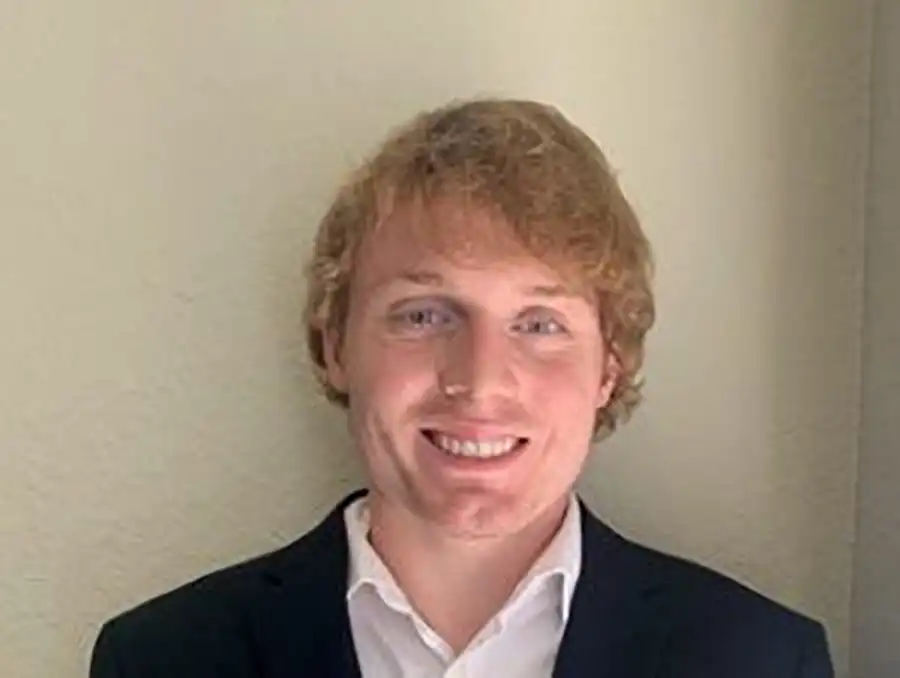Community Engagement and Outreach
Community Engagement and Outreach
Outreach and community engagement are key components to our curriculum in the department. Students have several opportunities to engage with our community while applying what they learn in the classroom to real-world situations. During the past year, students worked with the Statewide Organizing for Community eMpowerment (SOCM), Adelante, and others to solve local problems with geography.
Evictions Mapping

On September 4, 2020, the CDC issued a nationwide moratorium on evictions and foreclosures due to non-payment to slow the spread of COVID-19. Despite this federal action, evictions continued in the Knox County Circuit Court. A small group of volunteers working with Statewide Organizing for Community eMpowerment (SOCM) responded to share information about the moratorium with tenants facing upcoming court dates. Adam Hughes, the SOCM East Tennessee community organizer, approached Nikki Luke, assistant professor of geography, to see if she could help. Luke worked with geography students Sam Myers-Miller and Maya Rao to map where evictions were occurring so SOCM could continue their outreach efforts.
The moratorium ended in July 2021, but it was never a permanent solution to housing insecurity in Knoxville. Students and faculty in the geography department have continued to work with SOCM and the East Knoxville-based organization Socially Equal Energy Efficient Development (SEEED) to collect information about housing and energy access in Knoxville through a door-to-door survey in impacted neighborhoods.
In the spring 2022 semester, students in GEOG 420 and GEOG 446 will continue this work to identify changes in the geographies and frequencies of eviction in Knoxville during the pandemic and analyze whether these changes might influence housing affordability for renters. This engaged research puts the methods of geography to use to support the objectives of community-based organizations while working to understand processes of urban change in Knoxville.
Impacts of Urban Renewal
To preserve, revitalize, and transform the urban communities of cities across America, the federal government passed Title I of the Housing Act in 1949 and Title III of the Housing Act in 1954. Although framed as a project for redevelopment and revitalization of downtown areas, urban renewal targeted African American communities for demolition. The goal was to clear the “blight and slums” of downtown areas in the form of large-scale clearance to make room for new infrastructure. These policies and actions became known nationwide as urban renewal.

Luke Brice created an interactive map of what Knoxville looked like before the urban renewal policies removed a large history of Knoxville’s African American population and displaced them elsewhere.
“The effects of urban renewal are still felt today. People who lived through these policies still remember and share their experiences. Living memory allows us to understand the present landscape of our city today,” Luke said. “Urban renewal continues to affect the African American community in Knoxville today, not only by a broken and displaced community, but also through continuing urban clean-up legislation.”
According to Luke, urban renewal teaches us to look at society with a different eye.
“What looks like slum and blight to one group is the home and loved community of another,” Luke said. “Place and space are defined by those who live in it and shouldn’t be a target of those who don’t experience it.”
Learn more about his project and see an interactive story map.
Mapping the Migrant Journey
Geography students Maya Rao and Annie Liu spent the spring 2021 semester helping Meghan Conley, assistant professor of practice in the UT Department of Sociology, with an ArcGIS StoryMap project in collaboration with Adelante, a local immigration legal nonprofit, to look at the various impacts detention has on immigrants in Knox County.
Sociology 433R is a research-based class, with students from different majors participating in and learning about participatory action research and its methods. Students began the semester working in teams researching the impacts detention has on different parts of life, including social, financial, physical, and mental. Each group wrote a paper that would then inform the next aspect of the research project.
“I looked at the physical impacts of detention by researching the locations of detention facilities and discovered that many detention facilities are built on toxic superfund sites,” Maya said.
Annie was on the financial impacts team and looked at the negative effects that detention has on family finances of the detained.
“We also examined the economic reasons behind the detention and deportation machine and found that the immigration landscape of this country is extremely profit-driven and commodified, thus leading to the dehumanization of immigrants,” Annie said.
Next, students conducted interviews with different people involved in the detention process. Maya interviewed a local Knox County Schools teacher who has experiences with students who have parents who have gone through the detention process and has seen firsthand the trauma that those experiences can have on students. Annie talked to Hammad Sheikh Esq. and discussed what the detention process looked like from an immigration attorney’s perspective. He also spoke about the impact that COVID was having on detainees’ health and safety.
Students also interviewed immigrants who went through the detention and deportation proceedings that the local Knox county sheriff’s office enforces in conjunction with Immigration and Customs Enforcement. Maya and Annie worked together on creating content for the final product – an ArcGIS StoryMap. They created maps using different features, such as the drive time analysis to see the distance detainees travel when going through the various checkpoints in the United States. Maya found data from migration policy and the American Community Survey to create a countries of origin map to show the some of the demographic data of undocumented immigrants in Tennessee. Annie found local news sources that helped to give context to the issues they were mapping.
Ultimately, they mapped out the journey that the interviewees went through during their immigration experience.
“Our goal was to show just how unjust and traumatic these experiences are on the immigrant populations,” Maya said.
Their final step was presenting the project to Adelante, who were very proud of the finished product.
“I loved the experience,” Maya said. “It ignited my interest in community-based research, which I hope to study further. I especially enjoyed connecting my skills in GIS, passion for the environment, and curiosity in policy.”
Annie loved the class as well, especially since she had the opportunity to work with Adelante again.
“I’ve worked with the group in the past to use GIS to visualize issues,” Annie said. “The experience in community-based research was super valuable and will be helpful as I pursue my interest in working with nonprofits.”
